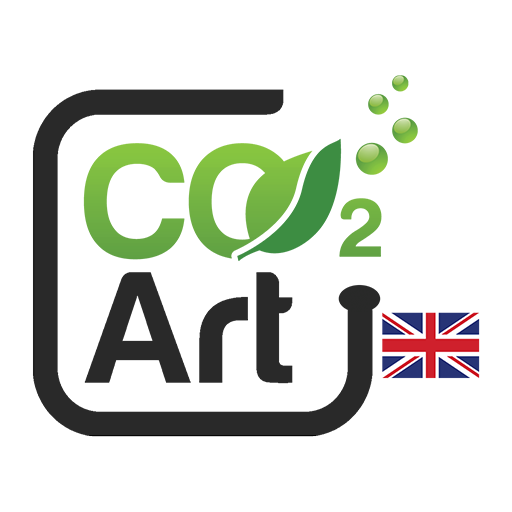Many of you probably wondered why plants in home aquariums develop better with carbon dioxide support while at the same time plants in natural reservoirs grow even better without hi-tech solutions. Of course, the answer is hidden in nature.
Compared to the level of dissolved carbon dioxide in water found in natural reservoirs with dense plants, its level in aquariums is much lower (2-3 ppm).
So the question is: What is the source of carbon dioxide in the natural reservoirs?
The increased level of carbon dioxide is the result of the decomposition of various organic compounds and the presence of underground deposits of this gas. Due to the difficult degassing from groundwater, CO2 stores often reach high levels, which means that the spring water is very rich in this gas. In spring headwaters the level of CO2 is around 40-50ppm and with the longer the distance, the lower CO2 is and in consequence, the water plants development is weaker.
In nature, the level of carbon dioxide is higher at night and when the sun rises, the photosynthesis begins. Then the level of CO2 lowers very quickly.
There are also plants that grow in nature in reservoirs where the level of carbon dioxide is very low. Such species can even survive in the aquarium without any CO2 injection.
Some species can take CO2 other ways than from dissolved carbon dioxide. One of them is splitting carbonates or bicarbonates from the water. This process is more energy intensive than using dissolved carbon dioxide. You can find such plants in more alkaline water, e.g. Vallisneria.
Why is injecting CO2 to aquariums so important?
Injecting carbon dioxide to aquatic plants is for sure worth doing this. For sure plants which grow in such an environment will have better colour and form. Moreover they grow more densely and the growth rate itself is higher. But the greatest advantage is that the plants simply grow healthier.


Comments ( 12 )